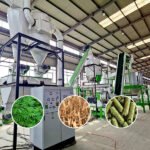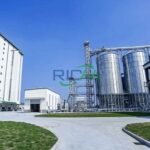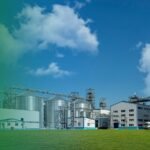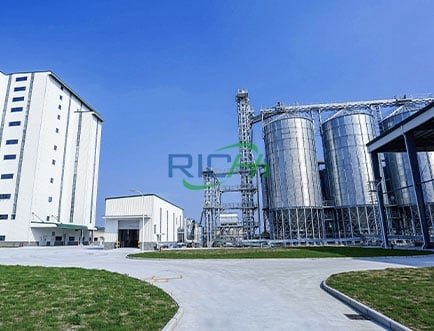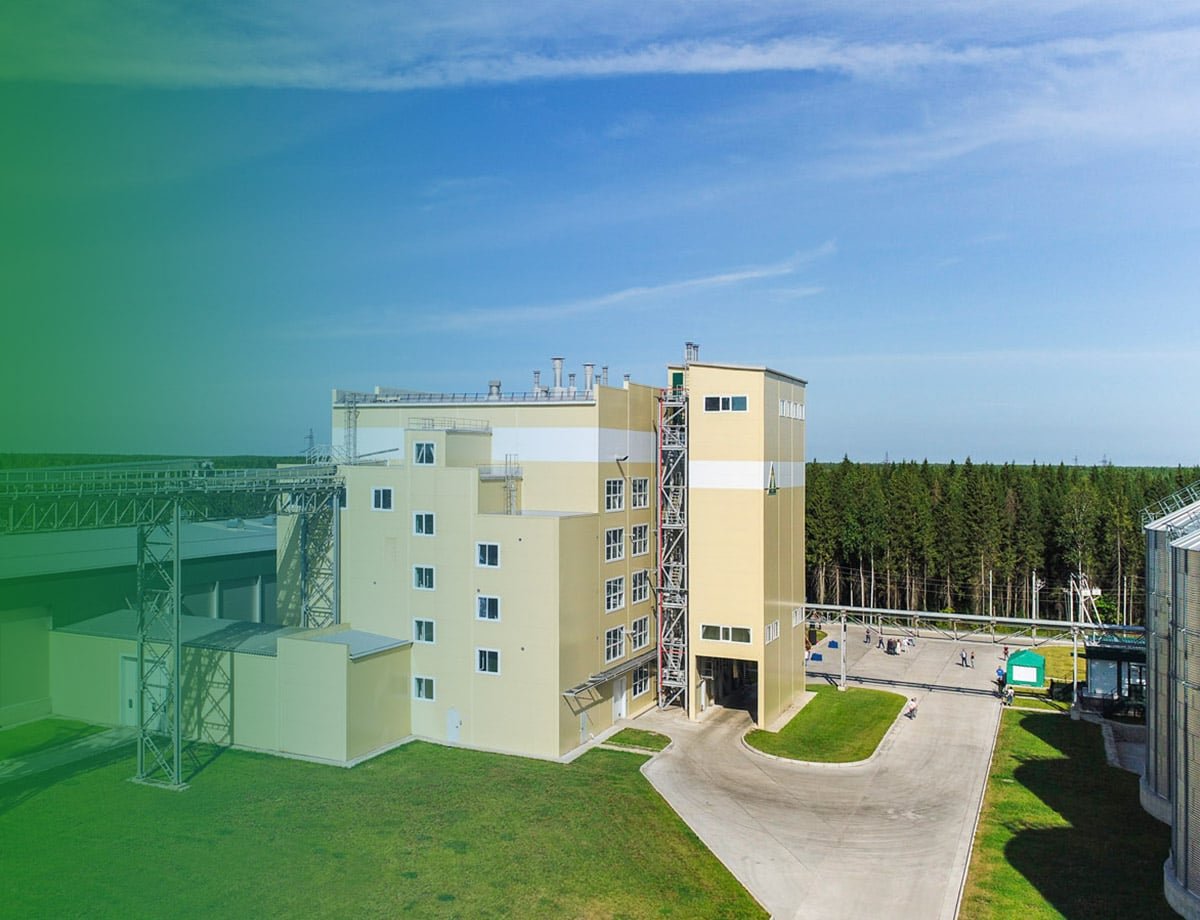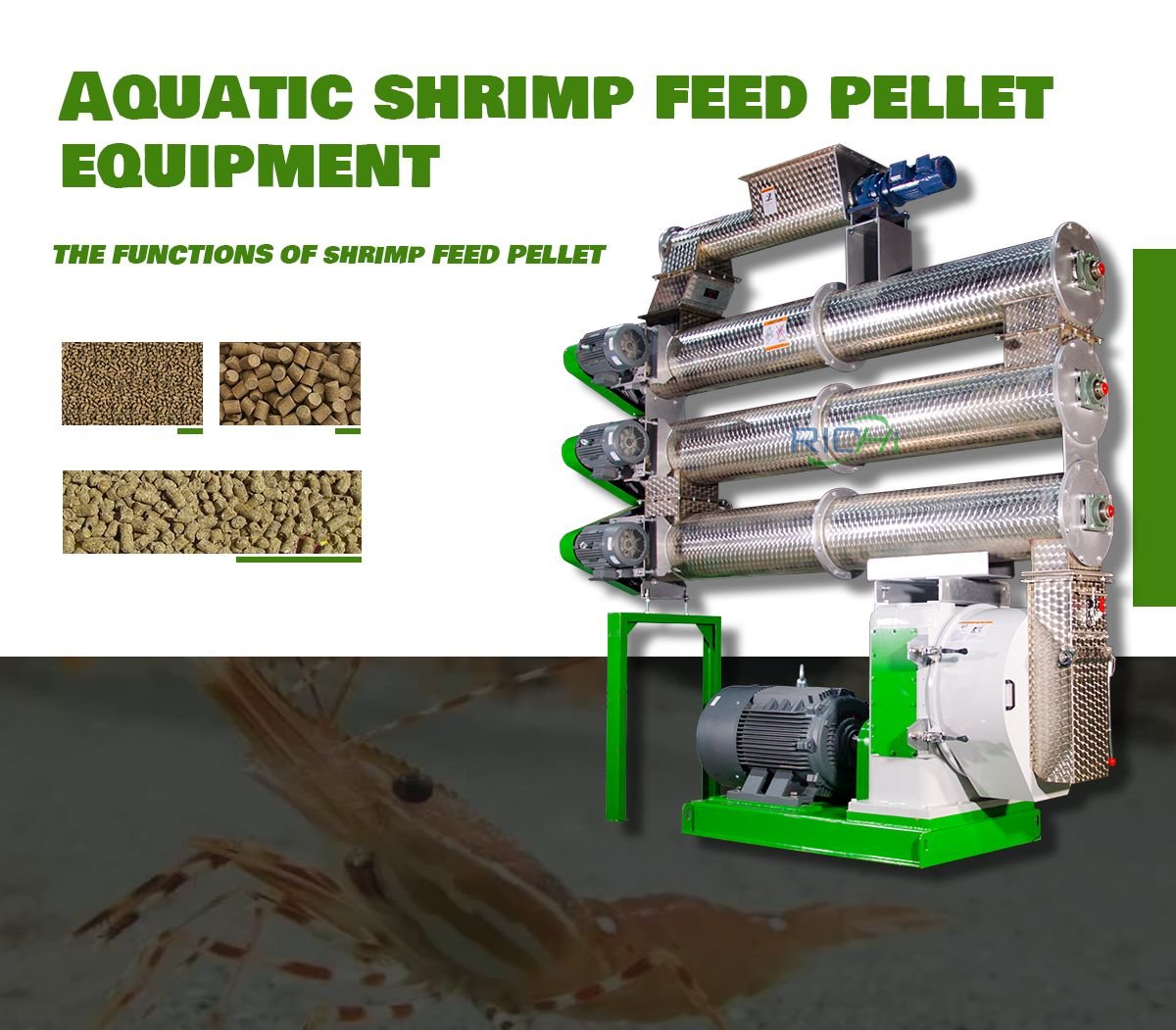In the tank farming market, fish feed extruders play an essential duty in transforming raw components into nutritionally balanced, easily absorbable fish feed pellets. The throughput capacity of a fish feed extruder, specified as the amount of feed generated each of time, is a crucial factor that affects manufacturing efficiency. This essay checks out just how the throughput capability of a fish feed extruder influences production efficiency in tank farming operations.

1. Meeting Production Needs
The throughput capacity of a fish feed extruder must line up with the manufacturing scale of an tank farming procedure. By choosing an extruder with a appropriate capacity, fish farmers can make certain that the feed manufacturing procedure meets the operation’s demands without overburdening or underutilizing the equipment. An extruder with a capacity that matches the required production scale adds to a structured and also efficient feed manufacturing process.
2. Energy Efficiency
The power usage of a fish feed extruder is a substantial consider the general manufacturing performance. Extruders with higher throughput capacity typically have more advanced modern technologies and also designs, such as twin-screw extruders, which can refine bigger quantities of feed per unit of energy. By selecting an extruder with an suitable throughput ability and also energy-efficient layout, fish farmers can enhance power use as well as reduce operational prices, contributing to better production performance.
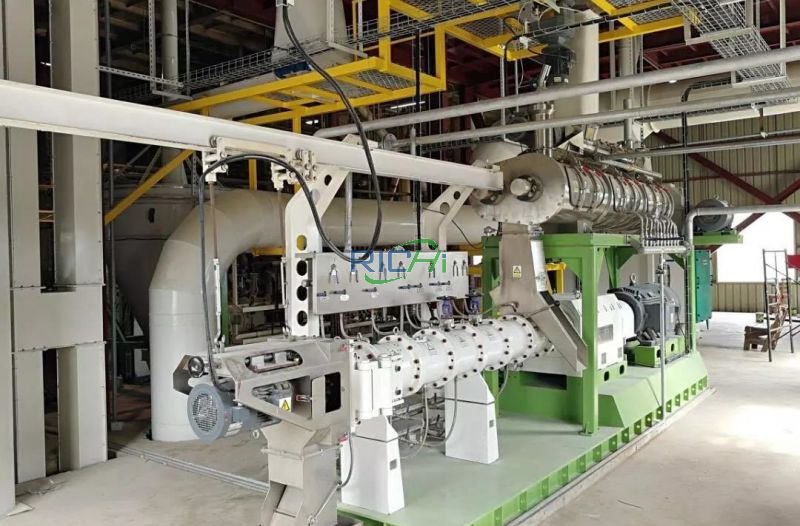
Related post: floating fish feed pellet making machine
3. Uniformity in Feed High Quality
An extruder with the proper throughput capability helps preserve constant feed top quality, which is important for optimum fish growth and health. If an extruder’s capability is too low for the production range, it might result in irregular feed top quality, as the tools is strained to stay on top of need. Alternatively, if an extruder’s capacity is too high, it might result in underutilization of the devices, raising the risk of producing inconsistent feed. Picking an extruder with a capacity that matches the production scale makes certain regular pellet quality as well as supports general production efficiency.
4. Lessening Downtime
Tools downtime can considerably impact production performance. By selecting an extruder with a ideal throughput capacity, fish farmers can reduce downtime related to devices upkeep, repair services, and also transitions. An extruder that is well-matched to the production range will operate at its ideal capability, lowering the wear and tear on elements as well as reducing the frequency of upkeep interventions.

Related post: extruder machine for fish feed
5. Labor Efficiency
A fish feed extruder with an ideal throughput capability can add to labor efficiency in aquaculture procedures. Extruders with higher throughput capabilities often come with automated control systems that enable exact changes to the extrusion procedure and minimize manual work demands. This automation not only makes certain constant pellet quality as well as ideal energy usage yet additionally improves general operational efficiency by enhancing the feed production procedure and decreasing labor expenses.
Conclusion
The throughput ability of a fish feed extruder plays a important function in determining manufacturing performance in tank farming operations. By picking an extruder with a ability that lines up with the manufacturing scale, fish farmers can enhance feed manufacturing, energy efficiency, feed high quality uniformity, devices downtime, as well as labor performance. The cautious consideration of throughput capacity is vital for making best use of manufacturing performance, inevitably contributing to a much more successful and sustainable tank farming industry. (Find RICHI on LinkedIn)


